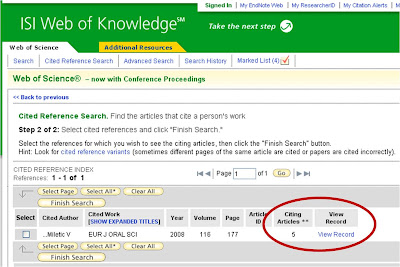It is stated by the manufacturer that indications for the use of this nano-ionomer include primary teeth restorations, small Class I, Class III and IV, temporary restorations, filling defects and undercuts, “sandwich” technique with resin-based composites, core build-ups with min 50% of the remaining tooth for support.
The nano-ionomer is based on the acrylic and itaconic acid copolymers necessary for the glass-ionomer reaction with fluoroaluminosilicate (FAS) glass and water. The nano-ionomer also contains a blend of resin monomers, BisGMA, TEGDMA, PEGDMA and HEMA which polymerize via the free radical addition upon curing and it is stated that the primary curing mechanism is by light activation. The originality of this glass-ionomer cement is the inclusion of nano-fillers which constitute up to two thirds of the filler content (circa 69 wt%).
Other advantages stated by the manufacturer are a simplified procedure which requires the priming but not the separate conditioning step and a precise dispensing and mixing “clicker” mechanism.
In spite of its uniqueness amongst other dental formulations, the nano-ionomer has not been investigated to a greater extent in the scientific dental literature. Medline search using the keyword “Ketac N100” resulted in only 4 papers in international peer-reviewed journals. Another paper was found using the keyword “nano-ionomer”. It is my pleasure to mention that the first of these 5 papers was done in Serbia by my colleagues from the Paediatric Dept of the School of Dentistry, Belgrade and the Dept. of Dentistry School of Medicine, Novi Sad.
It has been reported that fluoride concentration on material surface is similar for Ketac N100 and other glass-ionomer cements from the Fuji “family” but Ketac N100 showed less porosities and surface cracks than Fuji materials (Markovic et al 2008).
A study on bonding orthodontic brackets showed significantly lower shear bond strength for Ketac N100 compared to a conventional light-cure orthodontic bonding adhesive (Transbond XT). However, it has been suggested that this nano-ionomer may be used for bonding orthodontic brackets since the obtained shear bond strength is within clinically acceptable range (Uysal et al. 2009).
Another study using the shear bond strength as an adhesion parameter showed that Er:YAG laser dentine pre-treatment results in lower bond strength values compared to acid etching or a combined acid-etching and laser pre-treatment (Korkmaz et al. 2009).
A study on microleakage around Class V cavities showed that Er:YAG preparation results in greater microleakage than a conventional cavity preparation with a bur when a nano-ionomer (Ketac N100) and a nano-composite (Filtek Supreme XT) were used as restorative materials (Ozel et al. 2009).
In a study by Leuven BIOMAT Research Cluster it has been concluded that Ketac N100 “bonded as effectively to enamel and dentin as a conventional glass-ionomer (Fuji IX GP), but bonded less effectively than a conventional resin-modified glass-ionomer (Fuji II LC). Its bonding mechanism should be attributed to micro-mechanical interlocking provided by the surface roughness, most likely combined with chemical interaction through its acrylic/itaconic acid copolymers” (Coutinho et al. 2009).
More research is needed to investigate other mechanical properties of the nano-ionomer, its biochemical stability in the oral environment, fluoride release etc. Ultimately, well-designed randomized clinical trials will reveal the longevity and anti-cariogenic effect of this material in clinical conditions.
References:
- Markovic DLj, Petrovic BB, Peric TO. Fluoride content and recharge ability of five glassionomer dental materials. BMC Oral Health 2008; 28:8-21.
- Uysal T, Yagci A, Uysal B, Akdogan G. Are nano-composites and nano-ionomers suitable for orthodontic bracket bonding? Eur J Orthod 2009; Apr 28 [epub ahead of print]
- Korkmaz Y, Ozel E, Attar N, Ozge Bicer C. Influence of different conditioning methods on the shear bond strength of novel light-curing nano-ionomer restorative to enamel and dentin. Laser Med Sci 2009; Aug 18 [epub ahead of print]
- Ozel E, Korkmaz Y, Attar N, Bicer CO, Firatli E. Leakage pathway of different nano-restorative materials in class V cavities prepared by Er:YAG laser and bur preparation. Photomed Laser Surg 2009; 27:783-789
- Coutinho E, Cardoso MV, De Munck J, Neves AA, Van Landuyt KL, Poitevin A, Peumans M, Lambrechts P, Van Meerbeek B. Bonding effectiveness and interfacial characterization of a nano-filled resin-modified glass-ionomer. Dent Mater 2009; 25:1347-1357.


















